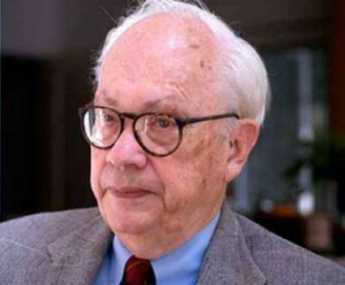Related Topics
Fisher on Running For Office
 Last night, I was honored to receive the Republican nomination for a seat in the state Assembly, to represent the district where I have lived for over fifty years.
Last night, I was honored to receive the Republican nomination for a seat in the state Assembly, to represent the district where I have lived for over fifty years.
A Healthcare Reform Obamacare Forgot
A recent letter to the editor by a New York doctor, gave me pause. He notes that medical schools seldom bother to calculate what it costs to run them because they just set tuition prices as high as the market will bear. My own reflection on this is the medical schools may not be at fault for it, and in fact, may actually be fighting a losing battle with the parent universities. I'm not privy to the hidden wars between medical school deans and university presidents, but I strongly suspect that medical schools are being abused, not the other way around. Of course, no one will admit anything.
But I got it from a book and checked it out with a friend in high places, that at least one medical school transferred the entire tuition from the medical students to the parent university. And they kept it up for ten years. That would now be $50,000 a year apiece, times two hundred students in a class, times four classes in the school at once. Anybody can guess that would be a lot of money, but there are 170 medical schools. They all may not do it, they may give some scholarships, and some state schools may charge less tuition. Yes, yes, but if you do the simple math you can scarcely believe your eyes. $50,000 times four, times 200 in a class, equals $40million per school. But that's just one school, so $40million times 170, equals 3800 million, equals $3.8billion. Now, we're beginning to talk real money, although of course, it's actually less than that. But it certainly is what the lawyers call probable cause, a conclusion which justifies the investigation. It raises a vision of a lot of medical students going $200,000 in debt to pay for something or other in the liberal arts colleges, while the liberal arts students make protests about rich doctors. And, whatever is done with it, and however much it is less than $4 billion per year, the patients in the medical system will eventually find elevated medical costs must pay for it. I doubt very much the voters would vote for the arrangement if they knew.
And then, to be credible, you have to conjecture how the schools could survive without tuition income. Well, I suggest we take a look at the indirect overhead for research, which equals an additional 69% payment beyond the cost of the research, paid by the N.I.H. and supposedly pays for libraries. Maybe a few lucky schools pay for the missing tuition with donations. And also look at the Medicare-subsidized salaries of the resident physicians, so recently fleeced of their $200,000, but trying to pay back their loans.
Originally published: Friday, September 27, 2013; most-recently modified: Friday, May 10, 2019